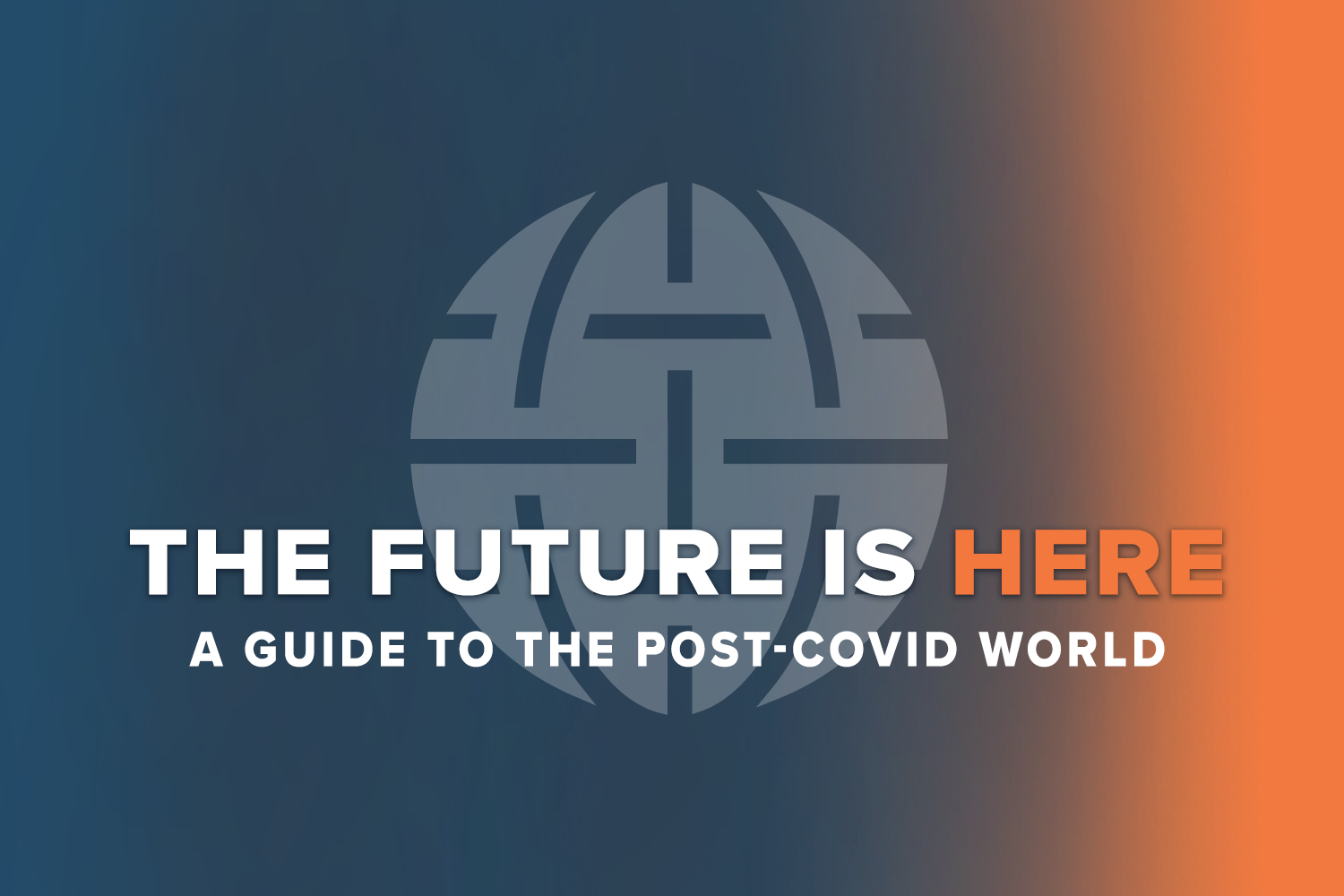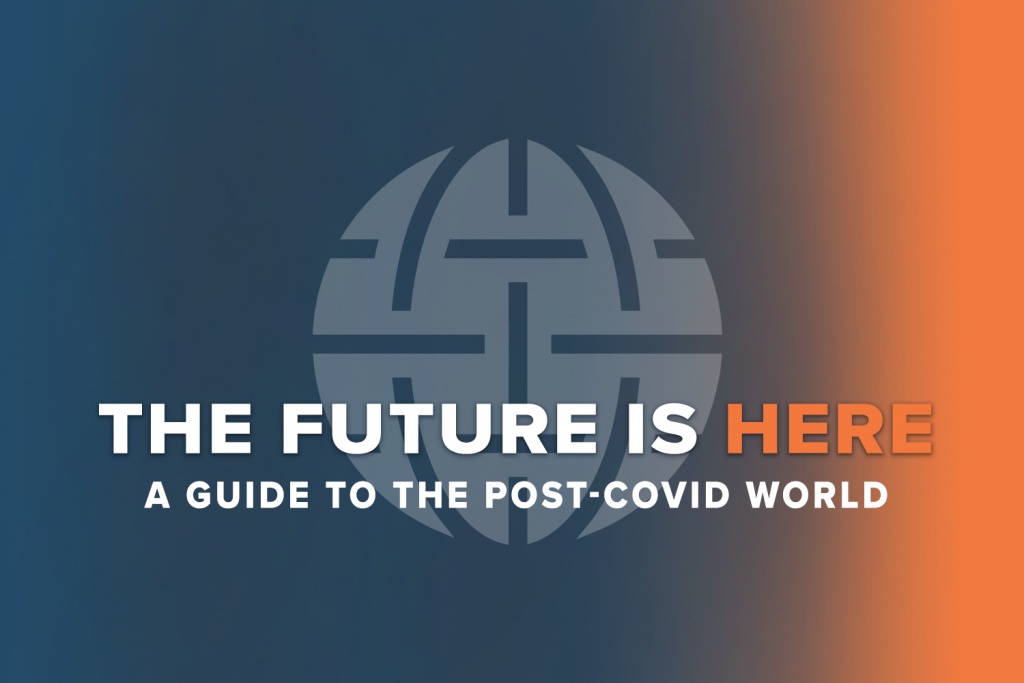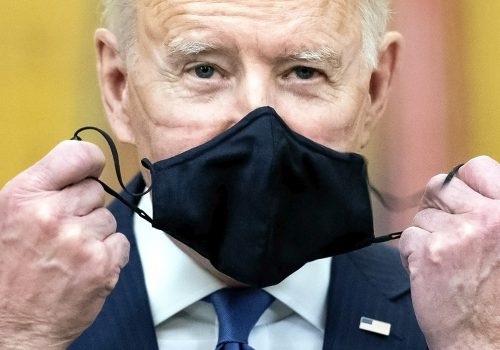The future is here: A guide to the post-COVID world 06/04/2021
Welcome to your guide to where the world is headed during the pandemic era and beyond, from Andrew Marshall. Each week, we’ll bring you the latest and most significant expert insights and international news about how coronavirus is reshaping international affairs. To stay updated each week, sign up to the newsletter here.
Let’s take a spin around the globe, in seven minutes or less.
In top stories this week:
- If the Wuhan lab-leak theory proves true, what is Biden’s next move?
- The United Kingdom’s new mission: Create a system to catch new pandemics.
- Why COVID-19 watchers are pivoting toward Latin America.
- But first…
The big story
This week’s key theme: There’s a new way to pay for our post-pandemic purchases
Buy now, pay later (BNPL) is one of the oldest temptations in the world: getting things with money we don’t have—or at least money we don’t have now. It’s also one of the fastest-growing new fintech categories, posing challenges to regulators while delighting online retailers.
BNPL services like Klarna, Affirm, Afterpay, Sezzle, and others are sprouting everywhere. You may have noticed them as options on sites like Bed Bath & Beyond or Lululemon when you paid for purchases. Or perhaps when you bought a Peloton during the pandemic (you did, didn’t you?), you saw an offer to pay installments over twelve, twenty-four, or even thirty-nine months with Affirm.
BNPL has flourished during the pandemic as many of us took to the web to shop, even while worrying about cash flow. It’s one of the great examples of how the pandemic unexpectedly added momentum to an existing digital trend and brought the future a little closer.
It’s a small but very rapidly growing part of retail, and it’s very 2021. “Though BNPL services accounted for just 2% of US e-commerce payments last year according to FIS Global, they’re rapidly gaining in popularity,” reports Marketwatch. “The value of purchases made using BNPL offerings rose 132% in the first quarter [of 2021].”
There are many different flavors of BNPL, as this excellent article and infographic by Jason Mikula at Fintech Business Weekly shows. But retailers love BNPL in whatever form. It improves the rate at which site visitors click purchase and increases the size of transactions, according to research quoted by AdAge. It also reaches a demographic that the finance sector would love to access: “According to eMarketer, 13% of 18- to 34-year-olds have used buy now, pay later, compared with the 9% survey average,” says AdAge. “While there is growth in users of all ages, Gen Z has fueled much of its initial growth and success.”
So everyone loves them, right? Not so fast, writes Alan McIntyre of Accenture at Forbes. “Is BNPL a clever way for younger borrowers to take on sensible credit, or did lenders just give billions of dollars of loans to a bunch of subprime borrowers in the checkout aisle?”
Meanwhile, Chuck Bell, a program director with the advocacy division of Consumer Reports, warns that “consumers don’t always understand how these loan programs work, or what help they can expect if something goes wrong.”
Banks are also sniffy—in part because BNPL may be competition, but also because they are concerned about financial risk. Last year, Capital One said it would no longer allow payments to BNPL services from its credit cards. “These kinds of transactions can be risky for customers and the banks that serve them,” a Capital One spokeswoman told Reuters.
Regulators don’t yet know how to handle them. “The BNPL providers are still [in] a regulatory grey area that needs to be addressed as early as possible,” says The Paypers, a news source for the global fintech, payments, and e-commerce industry. In the United Kingdom, which is further ahead with such services, the Financial Conduct Authority, an independent regulatory body, says “there is a strong and pressing case for regulation of BNPL business.”
Yet many existing financial players, including Paypal, are entering the BNPL market. And as Terry Nguyen of Vox points out, “It doesn’t end with retail… Emerging fintech apps are looking to apply this lending model to other sectors, from health care to travel to rent.”
It’s a classic example of a disruptive new service. But when the bill finally comes due, will we be able to pay it?
Subscribe to The future is here: A guide to the post-COVID world
Sign up for a weekly roundup of top expert insights and international news about how coronavirus is reshaping international affairs.

The world in brief
Insights from across the planet, in ten bullets or fewer
- It’s time to freshen up your ancient Greek if you want to follow COVID-19 variants. The World Health Organization announced plans to name the variants after letters of the Greek alphabet rather than countries in a bid to remove stigma and increase clarity. “The decision to go for this naming system came after months of deliberations with experts considering a range of other possibilities such as Greek Gods,” bacteriologist Mark Pallen told the Guardian. What had been sometimes described as the Indian variant or B.1.617.2 is now the Delta variant, for example.
- The worst COVID-19 outbreaks are now in Latin America. Uruguay, Argentina, Colombia, Paraguay, and Chile are all now in the top ten countries in terms of cases per 100,000 residents over the past week, while South American countries top the deaths-per-capita list, the New York Times reports. Meanwhile, Peru said that its true death toll is almost three times as high as its reported official death toll, the New York Times says, making it “one of the hardest-hit nations relative to its population.” The severity of the problem in Argentina has forced organizers of the Copa America soccer tournament to move the soccer tournament to Brazil.
- An economic recovery “unlike anything you’ve seen”: The Wall Street Journal has a fascinating round-up of the ways that the US economy is—and is not—returning to normal. It’s “powered by consumers with trillions in extra savings, businesses eager to hire and enormous policy support,” it says, but “the speed of the rebound is also triggering turmoil. The shortages of goods, raw materials and labor that typically emerge toward the end of an expansion are cropping up much sooner.”
- What will the new pandemic radar look like? Wired examines the ideas that the UK government is considering to create a system that would identify global health problems in advance. It will probably be a network of networks—bringing together existing groups that monitor things like disease outbreaks, reports of new diseases, and the spread of sicknesses like tuberculosis and HIV/AIDS. One of the effort’s supporters, the philanthropic Wellcome Trust, recommends a super-hub that links the data of existing national and international groups while “providing a shared resource for sequencing, data analysis, and computing infrastructure, along with the workforce to operate them.”
- What will it take to get you vaccinated? US President Joe Biden this week touted free beer, food, and sports tickets to get to his target to vaccinate 70 percent of the adult population by the Fourth of July (now, 52 percent are vaccinated). People who have been vaccinated “are safely [shedding] their masks and greeting one another with a smile. Grandparents are hugging their grandkids again. Small business owners are reopening storefronts and restaurants because of the vaccination strategy,” the president said, adding that this can be “a summer of freedom. A summer of joy. A summer of get-togethers and celebrations. An all-American summer that this country deserves after a long, long, dark winter that we’ve all endured.”
The inside scoop
Insights from the Atlantic Council
Andrew Marshall is the Vice President of Communications for the Atlantic Council. He leads the Council’s media, digital, and editorial efforts, and coordinates the way the Council talks with its key communities.


